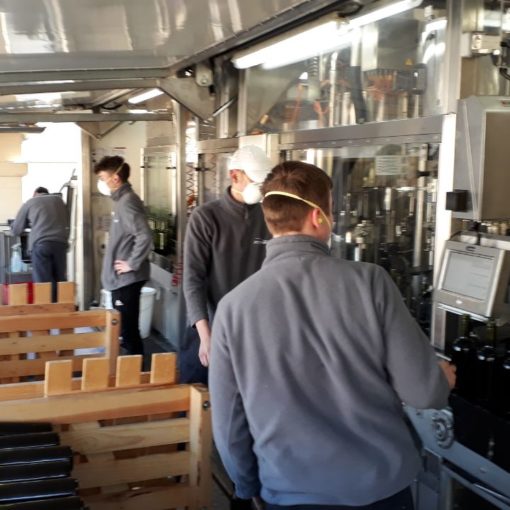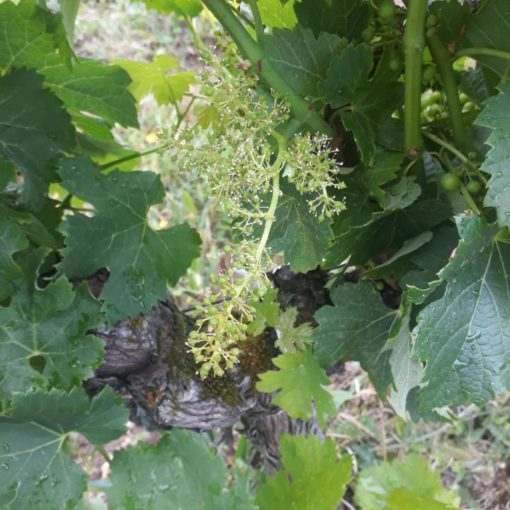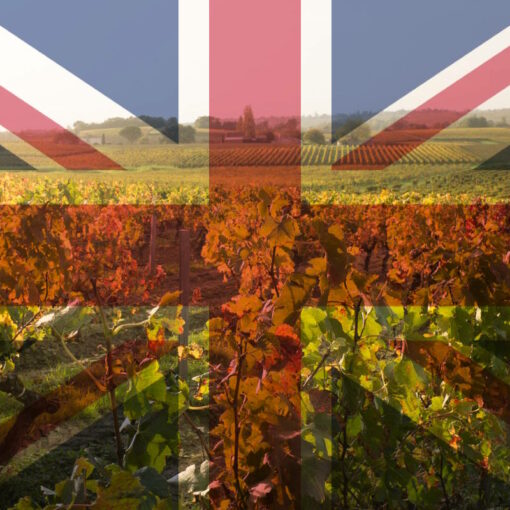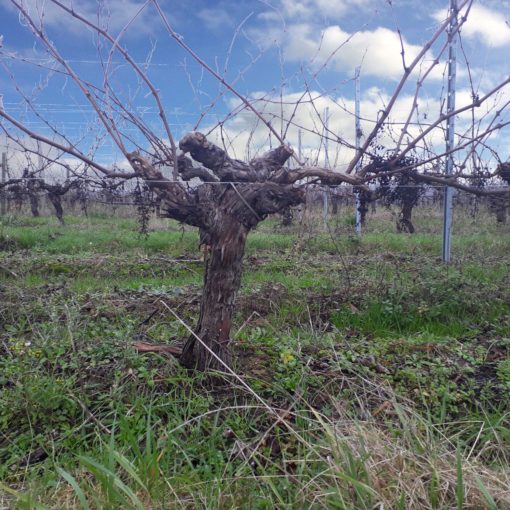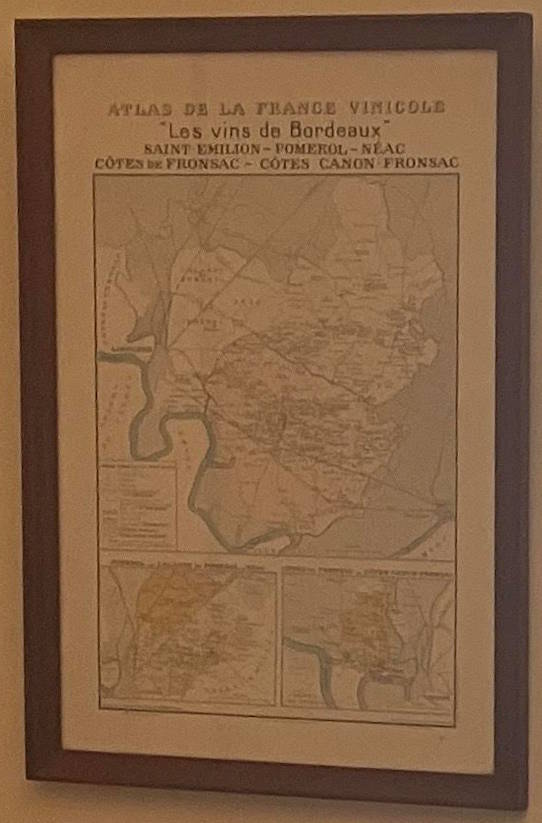
I’m not sure whether French law actually requires every winery to display a map of the appellation it’s located in, or if it’s just an unspoken rule. Either way, Château Chêne-Vieux is no exception. For over 50 years now, one has hung proudly in the office—and truth be told, the boundaries haven’t changed much, if at all, in that time.
AOC or AOP?
The Appellation d’Origine Contrôlée (AOC) is the French version of the European Appellation d’Origine Protégée (AOP), a label that guarantees a product has been both produced and processed within a defined geographical area. In France, the body responsible for enforcing these standards is the INAO (Institut National de l’Origine et de la Qualité), which has operated under the Ministry of Agriculture since 1935. These regulations began to take shape in the late 19th century, when some less scrupulous producers—whose vines had been damaged by disease or pests (notably phylloxera)—started importing grapes from other regions, misleading consumers. Since 1990, the INAO’s oversight has extended beyond wine to include all agricultural products.
Bordeaux Wine Regions
Around Bordeaux, the Garonne and Dordogne rivers—both flowing into the Gironde estuary—define several wine-growing zones, each with its own characteristics. Here are the main appellations, grouped by geography:
- Right bank, north of the Dordogne: Blayais (Blaye, Côtes-de-Blaye, Côtes-de-Bourg) and Libournais (Saint-Émilion, Pomerol, Lalande-de-Pomerol, Puisseguin-Saint-Émilion, Fronsac…)
- Left bank, south of the Garonne: Médoc (Médoc, Saint-Estèphe, Pauillac, Saint-Julien, Margaux…), Graves (Pessac-Léognan, Graves), and Sauternais (Sauternes, Barsac)
- Between the two rivers: the Entre-deux-Mers region (Entre-deux-Mers, Loupiac, Cadillac, Sainte-Croix-du-Mont…)
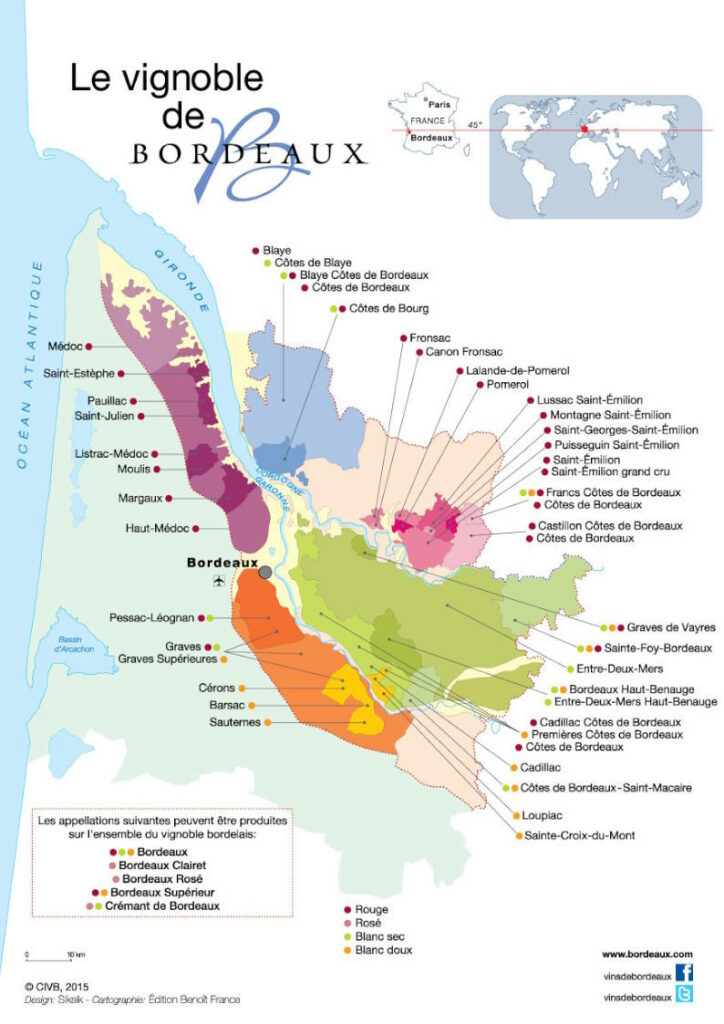
Defined Geography, but Above All, a Mark of Quality
To earn the right to display an appellation on their wine labels, producers must adhere to a strict set of regulations—known as a cahier des charges—that ensures quality and is specific to each appellation. Here are just a few examples of the criteria:
- Geographical origin of the grapes: Not all soils and climates are equal. In the Libournais region, for instance, soils can be gravelly (forcing vine roots to grow deep in search of nutrients), sandy (retaining warmth near the grapes even after the sun has passed its peak), or clay-limestone (picture sunlight reflecting off the pale clay and radiating onto the grape clusters).
- Permitted grape varieties: Only certain grapes are allowed—those that best express the terroir of the appellation. For red Bordeaux wines, that means Merlot (main variety on the right bank), along with Cabernet Sauvignon (main variety on the left bank) and Cabernet Franc, and to a lesser extent, Carménère, Malbec, and Petit Verdot.
- Viticulture practices: Planting density, pruning regulations, limits on missing vines, and more.
- Winemaking rules: Minimum aging periods, alcohol content, blending guidelines, etc.
- Equipment standards: From vat capacity to storage conditions, the rules even apply to what tools and facilities the winemakers use.
A future post will take a closer look at the appellations of the Libournais. In the meantime, enjoy the spring sunshine—and let’s hope it’s not followed by another unexpected cold snap!
